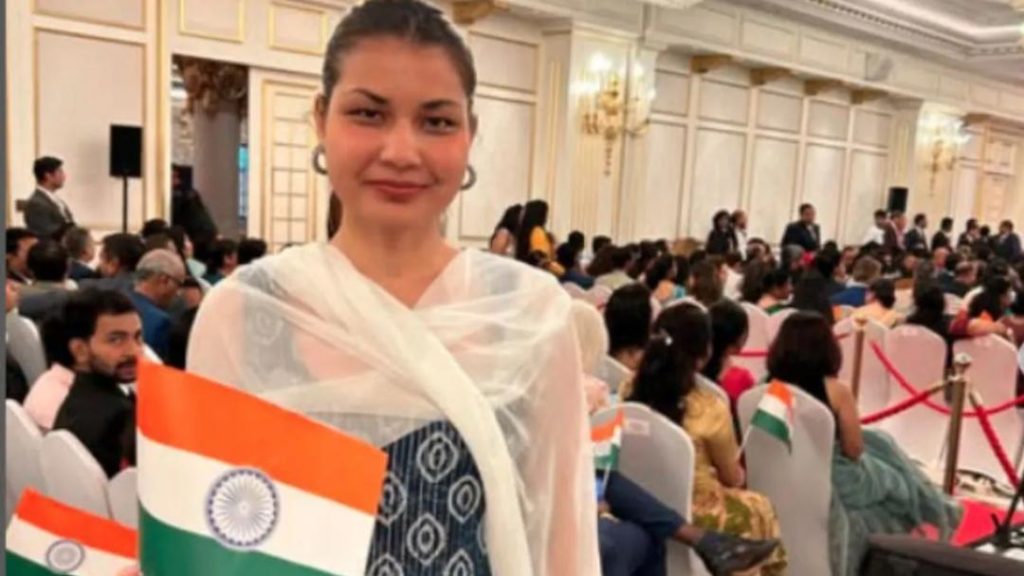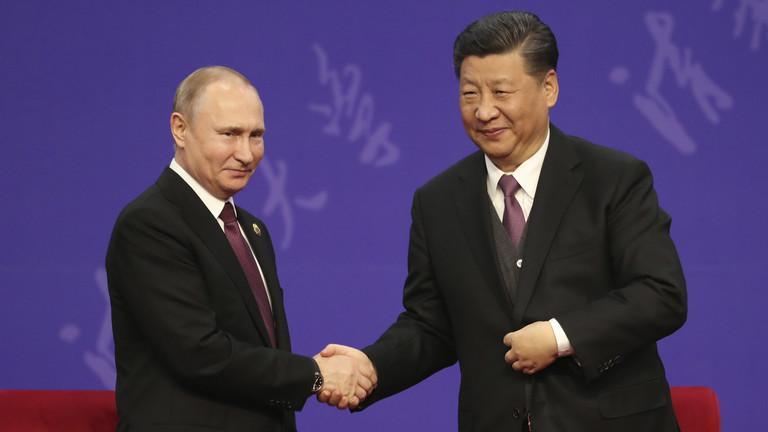
Indian Student Awarded Marie Curie Nuclear Science Fellowship
In a significant achievement, Indian student Hemangi Shrivastava has been awarded the prestigious Marie Sklodowska-Curie Fellowship Programme for women in nuclear science. The fellowship is a testament to her exceptional academic record and dedication to her field of study. Hemangi, who is pursuing her Master’s in Electronics and Nanoelectronics at the Moscow Power Engineering Institute, has been recognized for her outstanding work and has chosen to specialize in illumination engineering and sources of light.
Illumination engineering, a field that combines science and art, is an area of immense importance in today’s world. With the growing need for sustainable and efficient lighting solutions, Hemangi’s specialization in this field is poised to make a significant impact. Her research focuses on the development of novel light sources and their applications in various fields, including medicine, agriculture, and architecture.
Hemangi’s journey began when she was pursuing her Bachelor’s degree in Electronics and Telecommunication Engineering from the Indian Institute of Technology (IIT) in Mumbai. Her academic record was impressive, with a strong foundation in mathematics and physics. She was always fascinated by the mysteries of light and its applications, and this fascination led her to pursue her Master’s degree in Electronics and Nanoelectronics at the Moscow Power Engineering Institute.
The Marie Sklodowska-Curie Fellowship Programme, established by the European Union, aims to promote gender equality and diversity in research and innovation. The fellowship provides a unique opportunity for women researchers to work at a leading research institution in Europe, collaborating with world-renowned experts in their field. Hemangi’s selection for the fellowship is a testament to her exceptional academic record, research skills, and commitment to her field.
Hemangi’s research focuses on the development of novel light sources and their applications in various fields, including medicine, agriculture, and architecture.
The field of illumination engineering is rapidly evolving, with the development of new technologies and materials. Hemangi’s research is centered around the development of novel light sources, such as LEDs, OLEDs, and quantum dots. Her research aims to improve the efficiency, sustainability, and safety of these light sources, making them suitable for various applications.
Hemangi’s passion for illumination engineering is evident in her research, which combines theoretical knowledge with practical applications. Her research has the potential to make a significant impact in various fields, including medicine, agriculture, and architecture. For instance, her research on LED-based light sources for medical applications can lead to improved patient outcomes and reduced healthcare costs. Similarly, her research on OLED-based light sources for agriculture can lead to increased crop yields and reduced energy consumption.
Hemangi’s achievement is a testament to the growing presence of Indian students in international research institutions. Her selection for the Marie Sklodowska-Curie Fellowship Programme is a recognition of the quality of education and research in India, as well as the growing recognition of Indian researchers globally.
In conclusion, Hemangi Shrivastava’s achievement is a significant milestone in the field of nuclear science and illumination engineering. Her selection for the Marie Sklodowska-Curie Fellowship Programme is a testament to her exceptional academic record, research skills, and commitment to her field. Her research has the potential to make a significant impact in various fields, and her achievement is a source of inspiration for future generations of researchers.






